Graphic Design and Printing: What is a Native File?
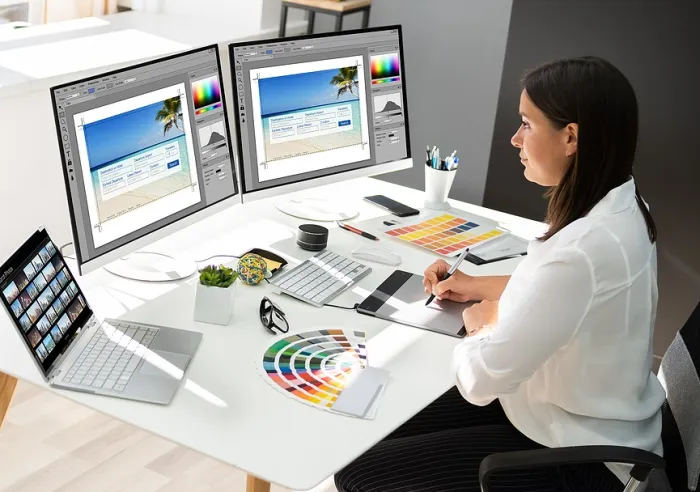
estimated reading time: 4 minutes
What is a Native File?
A Native File refers to the electronic file format in which
a document or artwork layout was originally created. In other words, it is the
file type that is specific to the software used to design and construct the graphics
layout in a digital format.
For example, the vast majority of graphic designers use Adobe
software to create artwork layouts. In this case, the native files could be
.psd files from Adobe Photoshop, .ai files from Adobe Illustrator, or .indd
files from Adobe InDesign.
A native file is the foundation of graphic design because it
contains all the editable elements, layers, and settings that make up the
design.
Is a PDF considered a Native file format?
When preparing to send artwork files to a commercial
printer, native files are almost always exported to a Portable Document Format
(commonly known as a PDF or .pdf) prior to being sent. Therefore, a PDF file is
not a native file…but it is an accurate representation of the original native
file.
Commercial printers overwhelming prefer to receive PDF files
instead of native files. This is because the PDF format offers several
advantages. One major advantage of PDF files is that they are universally
compatible. The recipient of a PDF file can open it without needing to have the
same software version or operating system as the sender of the file.
Another important benefit offered by a PDF is that it can condense
the file size. Native files contain a lot of application-related data, so they
can be quite large. The reduced file size of a PDF makes it easier to store and
transport electronically.
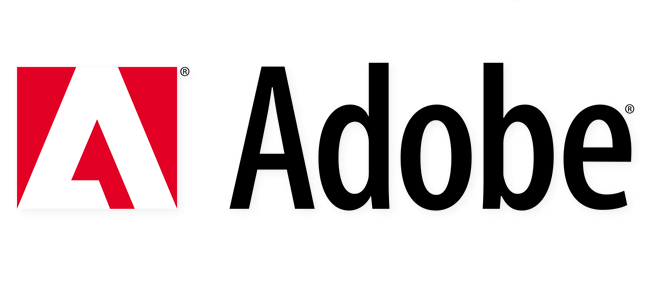
I sent my printing company a PDF, so why are they now requesting the Native file too?
Occasionally a printer
will ask for the native file after a PDF has already been sent. This usually
occurs when there needs to be a crucial revision made to the file so it will print properly.
A PDF file allows many types of revisions but certain
changes require access to the native file. For example, most artwork files are created from multiple
layers of graphics. If the PDF was saved as a single layer (flattened) then the
various layers can no longer be worked with individually. Therefore, the native file will
be needed in order to make the necessary alterations.
Also, sometimes a printer would just rather make certain file changes themselves instead of walking a client through the steps, especially when
faced with time constraints. By having the native file, the printer's graphics
team has full access to all of the original design components and can make any
adjustment that might be needed.
Is an image file like a .jpeg, .tif, or .eps considered to be a Native file format?
Image files such as .jpeg, .tif, or .eps are created from native files but are not a native format themselves. They are visual
representations of a native file that was created using a design software
application.
A cautionary word about Microsoft programs…
While we're on the subject of file formats used in graphic
design, it is probably a good time to issue a warning about using Microsoft programs for
design work. Files created with Microsoft programs such as Publisher, PowerPoint,
Word, etc. are actually intended to be printed on a home or office desktop
printer. They are not well-suited for creating files that will be output to a
commercial printing press.
Based on prior negative experiences, many printing companies
might even reject Microsoft native files outright. That said, some print shops will do
their best to convert these files into something usable. However, this has the potential to involve some rework and additional costs.
So, if you're considering using a Microsoft program to lay
out artwork that will be printed on a commercial printing press, our suggestion
is that you rethink that idea. Your best bet would be to hire an experienced
graphic designer who has the expertise and professional software needed to ensure
your book, brochure, or other project will be print ready. You will not only get
much better results, you will also avoid delays and aggravation.
Color Vision is always ready to help!
If you have any print-related questions or have an upcoming
print project, get in touch with Color Vision Printing. Our professional
and experienced staff is always ready to serve you. Plus, you'll be pleased
with our affordable pricing on digital printing, offset printing, finishing,
and binding.
To get a price quote, simply use our Quote Request form to
send us your project's specifications and we will email a custom
quote to you. Or, if you prefer to discuss your project by phone, give us a
call at 800-543-6299.
As always, we hope to hear from you soon and look forward to
assisting with your printing needs!
Related Articles
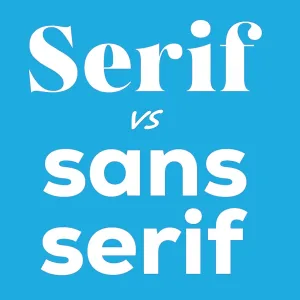
Serif vs Sans Serif Fonts: Which to use for a Print Project?
Read This Article
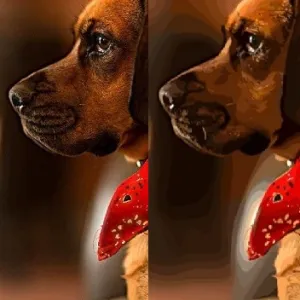
Raster vs Vector Images: The Key Differences Explained
Read This Article

Custom Book Printing: What is Wire-O Binding?
Read This Article
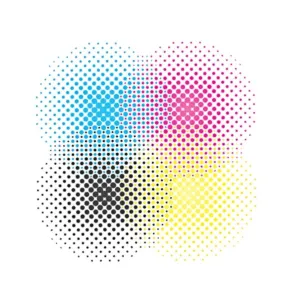
Commercial Printing: What does “Halftone” mean?
Read This Article